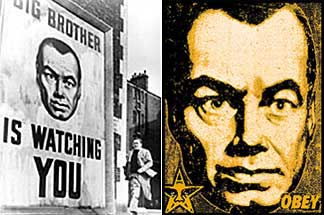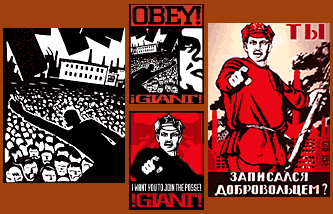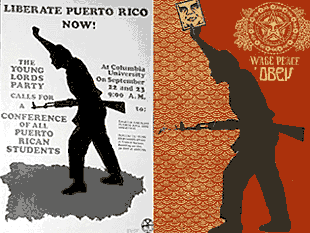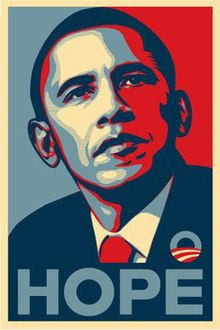Carl's original post:
MAC Wk1 Reading – Defining “Transformative” in the Digital Age
Posted by shuptrine
I have long debated and struggled with the boundaries established by the word Copyright. It is an issue that I deal with on a weekly basis in my own classroom and school with students and adults alike. Some days I choose to obey or enforce the law, and I admit that some days I turn a blind eye, or make justifications for breaking this particular law. For this reason I can firmly state that I wholeheartedly agree with Larry Lessig’s affirmation that copyright law was created for, and had its place in a different era but is now completely outdated. In its current form, copyright law is entirely incapable of keeping up with and adjusting to a digital landscape that is evolving at exponential rates.
“Good artists copy.
Great artists steal.”
-Pablo Picasso
The meaning of this quote by Pablo Picasso has long been debated, but it speaks directly to the topic at hand. All creative endeavors are influenced by what has come before them as well as the culture in which they are created. Contrary to the literal meaning of the quote I think that Picasso would have considered the artists that copied to be the copyright infringers as opposed to the artists that steal. To ‘copy’ is to simply take someone else’s work, and having made no changes, claim it as your own. To ‘steal’ is to take someone else’s work and make it your own by applying your own personal flair.
In the past this idea of borrowing from others or drawing influence from your world was much slower process and usually resulted in more extreme departures from the original idea. In todays world, digital technology has enabled this process to happen in a matter of minutes or hours with results that tend to be more subtle variations of the original. If you look at the one subtle variation to the next you might be inclined to call foul. However, if you were to look at the most current variation and compare it to the original it is likely that you would consider a transformative process had occurred. It is almost as if the creative process that Picasso was describing, that traditionally progressed within the secret confines of an individual’s mind, has simply been brought out into the open for all to see and for all to participate.
So in my opinion it all comes down to what one considers “transformative”. Let’s examine Shepard Fairey as an example. Fairey’s arguably most popular and possibly most controversial work is the Obama Hope poster created during the 2008 presidential election. However this is not the only image that Fairey has appropriated into his repertoire. Here are many other examples compiled by Mark Vallen on his website, Art For Change.



On a first pass the plagiarism appears blatant and extreme. However, it would be hard to argue that all of Fairey’s works aren’t part of a cohesive and highly unique body of work. Many argue that Fairey does to little if nothing to transform his appropriations. This was the primary argument against him in the Obama Hope poster lawsuit. Examining the original photo and the resulting poster anyone can see that they are almost identical.


However, I will leave you with this. The photo got no more attention than accompanying an article where as the poster unified millions of people behind a man that was then elected President of the most powerful nation on the planet. If that is not transforming a piece of art I don’t know what is.
Unfortunately the Fairey controversy is the result of an old system and protections based on outdated laws. Great strides have been made in just the last 5 years in the realm of Creative Commons. CC offerings used to be sparse and of poor quality, now they are plentiful and quite comparable to pay-for-use options. Had Fairey utilized a photo with Creative Commons licensing he could have probably avoided a serious headache.
You can see my comment to Carl's post here
Jessica Wunder | April 1, 2012 at 3:12 pm

I too agree with that idea that the original reasons and intentions for copyright law are not longer applicable in today’s world.